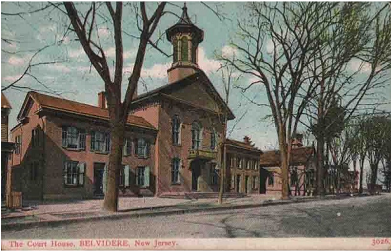There are many different kinds of life insurance policies. To determine which is appropriate, it is important to decide the reason why the policy is being purchased.
Term life insurance works much the same way as an automobile insurance policy or a homeowners policy in that a annual premium is paid, and the coverage exist only for the term of the time period for which the premium was paid. Once this time period expires, the owner of a term policy has nothing of value (in contrast as whole life policy after the premium period expires will leave some cash value). Depending upon the size of the cash value reserve, it will provide coverage for some extended period of time even if no further premiums are paid. Commonly with a whole life policy, the premiums are paid for a certain number of years, and then after that time period, no further premiums are required and the policy will still pay a full death benefit regardless of when the death occurred.
Parents with young children will often purchase life insurance policies on their own lives. In the event that one of the parents pass away, then there will be a lump sum which will help with the cost of raising the children and paying for the college education. In a two-earner family, the loss of one of the parents will not only decrease the income of the household, but may also cause additional expenses, such as for additional child care.
These types of term policies are often purchased under a 10, 15 or 20 year plan so that the amount of the premium for each year during that period are set and guaranteed by contract. However, when the number of years expire, then it may be quite expensive to purchase an additional year of term coverage as the insured person is now older and has a higher mortality risk. Term life insurance is appropriate where the need for the insurance will no longer exist after a certain period of time. Once the children are raised, educated and become emancipated, there may be no further need for insurance, and the parents will hopefully have accumulated sufficient assets for their retirement.
If there is a need for the insurance which will not end after a specified period of time, then whole life will probably be more advisable. For example, life insurance policies are sometimes purchased to make cash available at the time of death to pay for estate tax or to allow the partners in a partnership for small business to purchase the interest of a deceased partner. In these types of situations, the fee for the insurance will not come to an end after a certain period of time, and a term life insurance policy could become very expensive as the insured person gets older.
Naming Beneficiary. The death benefit on a life insurance policy ordinarily passes to the person who has been named as the beneficiary by the owner of the policy. Although a last will and testament will govern how a person's assets are distributed upon death, the last will and testament does not determine how specific assets will pass if such assets have a named beneficiary. Commonly, life insurance policy, retirement plan and annuity policy pass according to a beneficiary designation signed by the owner. These types of assets often known as "non-probate assets", will pass according to the terms of the last will and testament only if no beneficiary designation form has been signed, or if all of the persons named on the form are predeceased.

